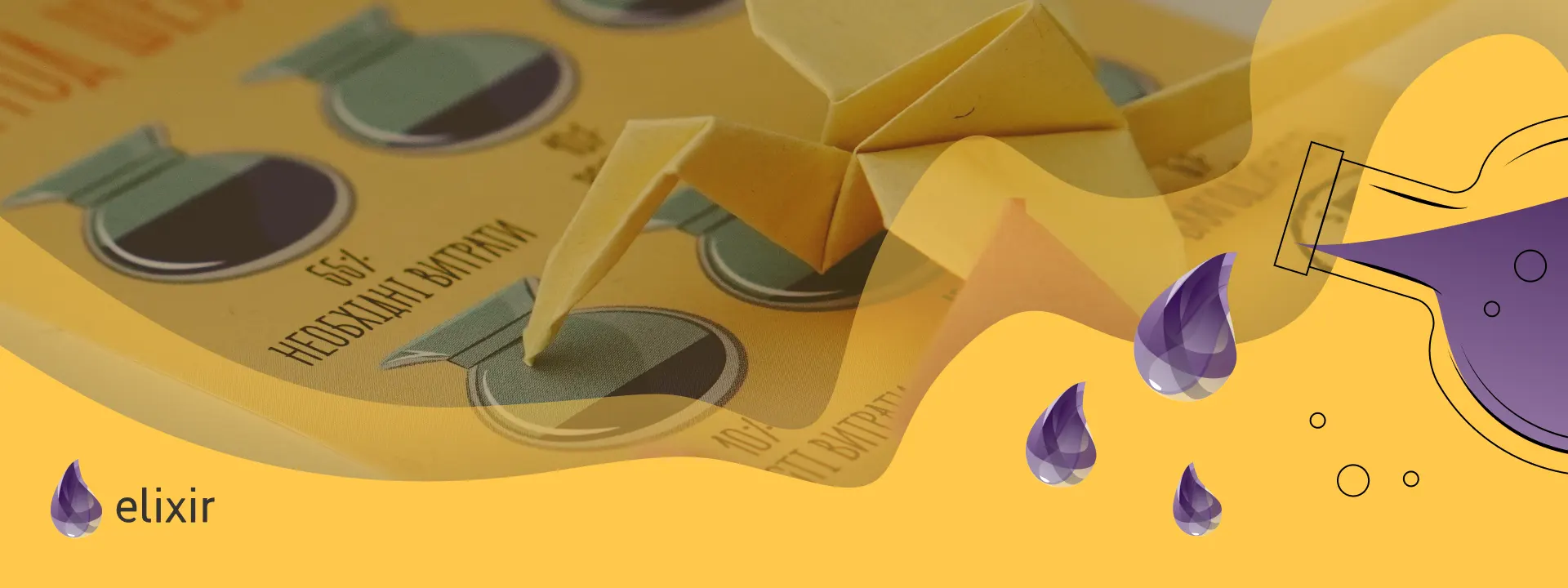The first question is simple – Elixir is a high-level, general-purpose, concurrent functional programming language that runs on the Erlang VM (BEAM). You may have heard this piece of trivia before, so let’s dissect the topic further: what Elixir is used for, Elixir's core strengths, capabilities, and scenarios where it can be a valuable asset. We'll also explore its limitations to help you decide whether Elixir fits your project.
How and why was Elixir made?
The short answer would be that Elixir was created to bridge the gap between developer satisfaction (and productivity) and Erlang’s power. How does Elixir implement such an ambitious aspiration?
José Valim, Elixir's creator, explains why Erlang turned his attention:
{{quote-261="/custom-block-to-blog/four-page"}}
Notable that Ruby was José’s primary programming language, but its MRI VM had fundamental limitations. José borrowed some syntax and developer experience philosophies from Ruby, such as metaprogramming capabilities, convention over configuration, and focus on developer happiness and productivity. This familiarity aims to ease the transition for Ruby developers and provide a productive development experience.
So these features became cornerstones (or ingredients, if you will) of the new programming language challenge to shift how we think about our applications:
{{bb26-1="/custom-block-to-blog/four-page"}}
What perks and features has Elixir obtained?
Elixir's unique traits emerge from the harmonious fusion of its core principles and foundations. Just as a skilled architect combines various materials and techniques to create a structurally sound and aesthetically pleasing building, Elixir seamlessly integrates the power of the Erlang VM, the principles of functional programming, a robust concurrency model, fault tolerance, and a focus on developer satisfaction to craft a language that excels in multiple domains. From this solid foundation, Elixir has obtained a range of powerful features and perks, including:
Concise and expressive Syntax
{{bb26-2="/custom-block-to-blog/four-page"}}
Powerful virtual machine
{{bb26-3="/custom-block-to-blog/four-page"}}
Community and ecosystem
{{bb26-4="/custom-block-to-blog/four-page"}}
Elixir Programming Language’s Side-effects
{{bb26-5="/custom-block-to-blog/four-page"}}
What can you build with Elixir?
Our previous article explored some of the most known Elixir use cases. Of course, Elixir usage is not limited to the described scenarios; as a general-purpose language, it can be handy for many tasks. But which of them is Elixir’s thing?
Solid Backend Systems
Elixir's foundation in the battle-tested Erlang/OTP platform makes it an excellent choice for developing highly concurrent, fault-tolerant, and scalable backend systems capable of handling massive traffic and data thanks to the Phoenix Framework.
Realtime Frontend Applications
While Elixir shines brightest in the backend realm, its compatibility with technologies like Phoenix LiveView enables you to create rich and interactive user interfaces for the front-end side of your applications. Leveraging the advantage of persistent websocket connection,, you can build rich real-time frontend apps.
Background Job Processing
Elixir's lightweight processes and robust supervision trees make it ideal for building efficient and reliable background job processing systems, ensuring that critical tasks are executed without interruption. Open-source projects like Oban simplify queue and retry management as much as possible.
Machine Learning and Data Processing
Elixir's functional nature and powerful data manipulation capabilities make it well-suited for building machine learning models and processing large datasets, enabling you to extract valuable insights from your data thanks to projects like LiveBook, Axon, and Bumblebee.
Media Processing
While not its primary focus, Elixir can be leveraged for media processing tasks, such as video transcoding, image manipulation, and real-time media streaming, thanks to its ability to interface with existing libraries and tools. If you are interested in media processing with Elixir, you can give a try to the Membrane Framework.
Takeaway
By seamlessly combining the battle-tested Erlang VM, functional programming principles, a robust concurrency model, and a focus on developer productivity, Elixir offers a unique blend of performance, reliability, and expressiveness. Whether you're building high-traffic backend systems, real-time applications, distributed systems, or venturing into domains like machine learning and data processing, Elixir's capabilities make it a compelling choice. While it may have a steeper learning curve and a relatively smaller ecosystem than more established languages, the potential benefits of adopting Elixir can outweigh these challenges, especially for projects prioritizing concurrency, scalability, and fault tolerance. Wondering how Elixir can benefit your business? Feel free to reach out to us, and we’ll tailor Elixir power to your unique needs.









